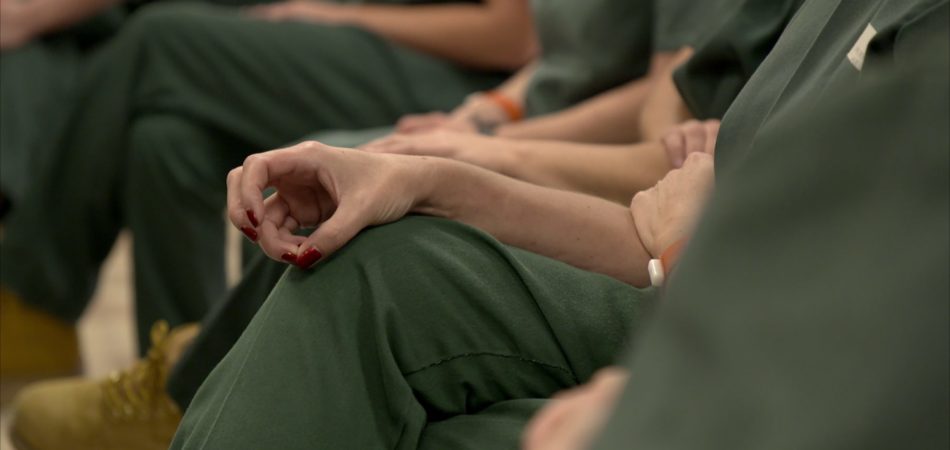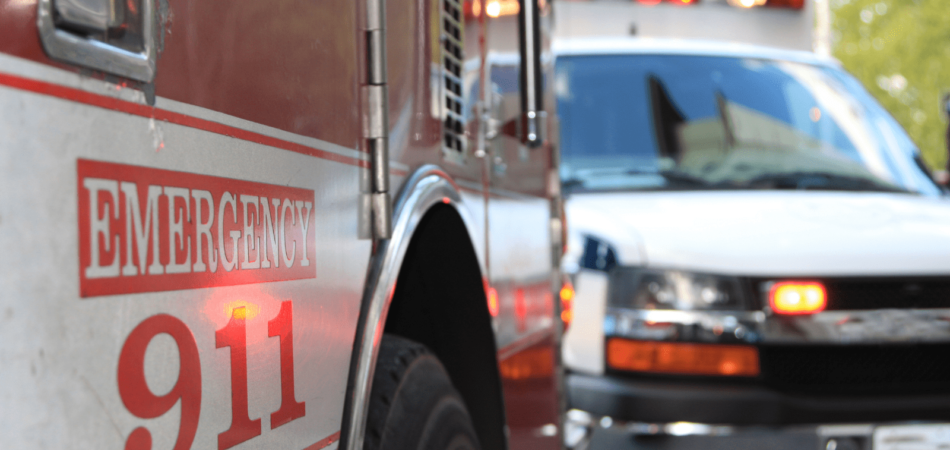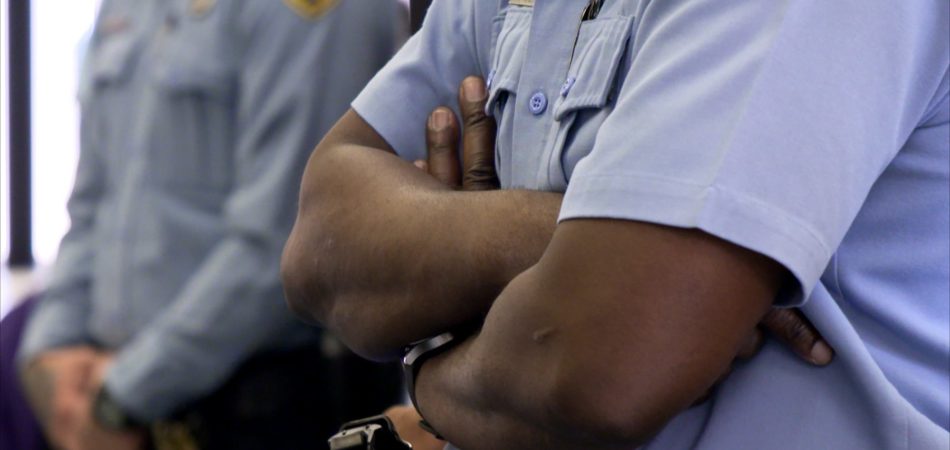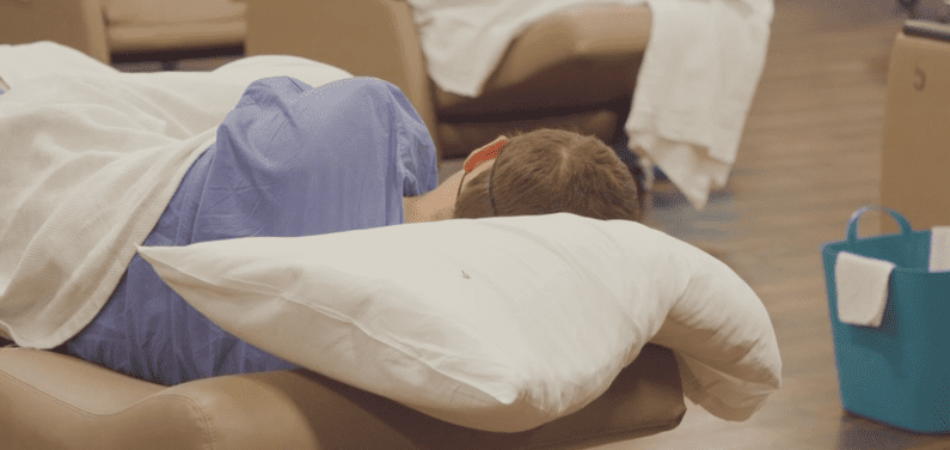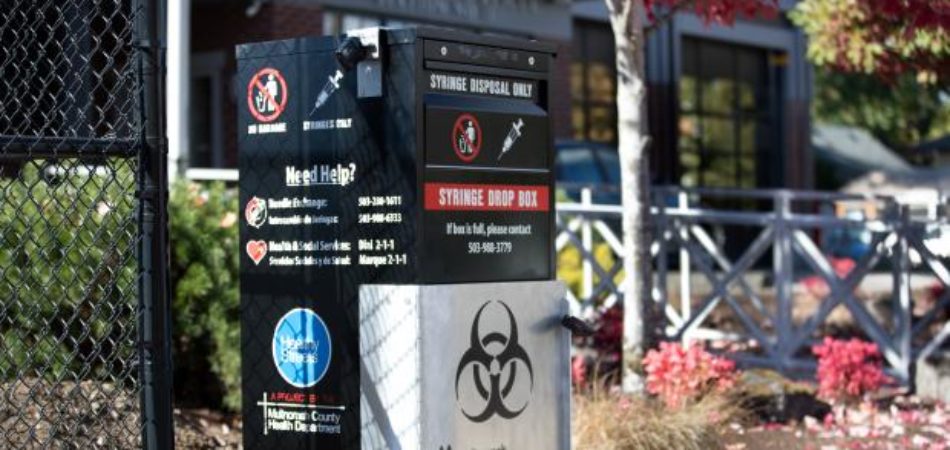Strengthening Reentry Services and Resources in Erie County, New York
Erie County, New York, has long prioritized efforts to improve outcomes for people in the criminal justice system. In 2005, the county established New York’s first reentry task force, with funding provided by the state’s Division of Criminal Justice Services and support from the Department of Corrections and Community Supervision. To gain further insight on the needs of the community and how to improve reentry efforts in Erie County, the Greater Buffalo Racial Equity Roundtable partnered with Erie County officials in 2016 to request an assessment of the county’s reentry services and resources.
To fulfill this request, The CSG Justice Center—with financial support from the U.S. Department of Justice’s Bureau of Justice Assistance—conducted a quantitative and qualitative analysis of the county’s reentry services and focused its efforts largely on four overall core challenges:
- Lack of coordination across reentry agencies, providers, and populations.
- Unequal access to high-quality, evidence-based services across the reentry populations.
- Lack of evidence-based practices in the selection of reentry service provider contracts.
- Low participation in pre- and post- release programs due to lack of funding, incentives to participate, and promotion.
This assessment highlights these challenges and provides recommendations to assist county leaders in the development of a coordinated, comprehensive strategy to improve the quality and delivery of reentry services to people returning to Erie County after incarceration.
A positive school experience, where a child feels secure, is essential for their well-being. However, for many children…
Read MoreWhen returning to their communities from criminal justice settings, people with behavioral health needs face barriers in accessing…
Read More Supporting Children of Incarcerated Parents: Reimagining School and Community Collaboration
Supporting Children of Incarcerated Parents: Reimagining School and Community Collaboration
A positive school experience, where a child feels secure, is essential for their well-being. However, for many children with incarcerated parents—one in 14 in the U.S.—school can feel far from safe due to stigma, trauma, and a lack of understanding.
Read More Assigned to the Cloud Crew: The National Incarceration Association’s Hybrid Case Management for People with Behavioral Health Needs
Assigned to the Cloud Crew: The National Incarceration Association’s Hybrid Case Management for People with Behavioral Health Needs
When returning to their communities from criminal justice settings, people with behavioral health needs face barriers in accessing basic needs—including food, housing, employment, transportation, education, clothing, and substance use and mental health services—which increases their risk of experiencing a crisis.
Read More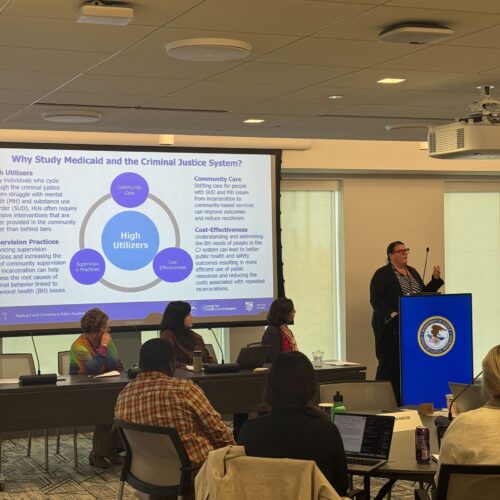 Meet the Medicaid and Corrections Policy Academy Mentor States
Meet the Medicaid and Corrections Policy Academy Mentor States
New Hampshire Department of Corrections Commissioner Helen Hanks presents at the Medicaid and Corrections Policy Academy in-person meeting.
Read More Taking the HEAT Out of Campus Crises: A Proactive Approach to College Safety
Taking the HEAT Out of Campus Crises: A Proactive Approach to College Safety
The sharp rise in school shootings over the past 25 years has led school officials across the U.S. to take a closer look at ways to keep students safe. For Chaffey College in Rancho Cucamonga, California, a tragic incident at a nearby university hit close to home and spurred campus leaders to revisit their own school’s threat assessments and crisis responses.
Read More New Smart Supervision Resident Analyst Program to Increase Supervision Agencies’ Data Analysis Capacity
New Smart Supervision Resident Analyst Program to Increase Supervision Agencies’ Data Analysis Capacity
Ideally, leaders would have actionable data readily available to them when they need it most. However, many agencies encounter significant challenges related to procuring accurate, consistent, and timely data, often grappling with outdated systems and inadequate tools.
Read More